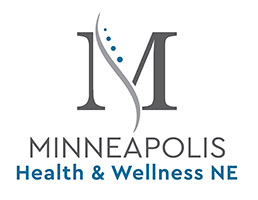
What is Dry Needling?
Dry Needling is the use of needles inserted into trigger points of muscles and other joint structures, including tendons, ligaments, and joint capsules in order to assist in the body in its own healing process.
Dry Needling is not meant to be a treatment by itself. Instead, it is meant to be one intervention part of an overall, larger physical therapy plan of care. Dry needling works best when coupled with other manual therapy techniques, such as cupping and joint mobilization, as well as strength/stability exercises.
What are the benefits of Dry Needling?
Dry Needling helps your body heal the area of an injury without surgery or medication. Dry Needling improves blood flow to the area of treatment, loosens stiff muscles, and eases joint pain.
Evidence supports the use of Dry Needling in the treatment of:
- Muscle tightness/soreness
- Tennis elbow and other types of tendonitis
- Migraine headaches
- Osteoarthritis
What are the side effects/risks of Dry Needling?
Side effects of dry needling are rare as the needles are very small in diameter. However, risks do include:
- Redness/irritation to skin in area of treatment
- Bruising
- Infection
- Fainting
- Puncturing of a lung (pneumothorax)
- Mild pain in treated area
- Muscle weakness and soreness
- Brief generalized fatigue or nausea
- Temporary worsening of symptoms
Does Dry Needling hurt?
Dry needling is not always comfortable. You will work with your therapist to determine the correct level of treatment for your body. Many people describe having dry needling done as “uncomfortable but tolerable.”
The insertion of the needle itself hurts much less than when you receive a shot from the doctor as their needles are larger in diameter to be able to deliver medication.
How many needles will be used?
That depends on the individual patient and their tolerance to needles. If you are apprehensive about having dry needling done, talk with the therapist about this. She can often place as little as 2 needles.
How long do the needles stay in?
It is best to leave the needles in for at least 8 minutes and no more than 30 minutes depending on the goal of treatment. The PT will determine this based on your tolerance of needles and the specific structure being treated.
How big are the needles?
The needles are the same size as acupuncture needles and much smaller than a hyperdermic needle, which your doctor uses to give you a shot and deliver medication below the level of the skin.
Dry Needling and Physical Therapy
Physical Therapists have specialized training to administer Dry Needling. This is in addition to the training they receive to earn their Doctorate in Physical Therapy. Our physical therapists have the education, training, and experience to diagnose the underlying reasons for a wide range of musculoskeletal pain and to determine the best course of action.
